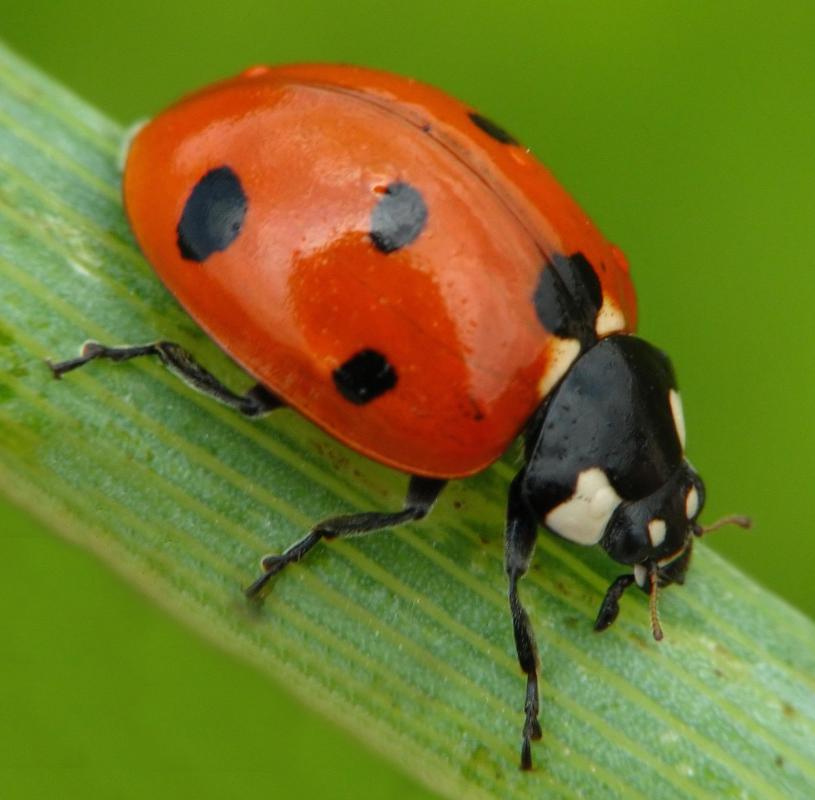At HomeQuestionsAnswered, we're committed to delivering accurate, trustworthy information. Our expert-authored content is rigorously fact-checked and sourced from credible authorities. Discover how we uphold the highest standards in providing you with reliable knowledge.
What is Ipomoea?
Ipomoea is a plant genus that is part of the Convolvulaceae family. It contains about 500 species of annual and perennial shrubs that are native to the Americas, Australia, and Asia. Some of the features in this genus include tubular flowers and twining, vine-like growth. Landscapers utilize these plants along walls or trellises and as ground cover. These plants are prone to insect damage, especially from red spider mites.
The name of this genus is derived from the Greek words ips and homoios which together mean "worm-like." This describes the vine-like growth of most of the species. The common name for these plants is morning glory, but there are variations for each species. For example, Ipomoea pes-caprae is called goat-foot morning glory, while Ipomoea lindheimeri is commonly referred to as Lindheimer's morning glory. Ipomoea lobata, on the other hand, is usually called Spanish flag.
This group of plants is spread throughout most of the world. The range of I. alba is from northern Argentina to Mexico, and into Florida. I. abrupta populates Western Australia, and I. aquatica is native to China.

A commonly cultivated plant from this genus is the heavenly blue variety of Ipomoea rubro-coerulea. This morning glory typically grows 10 feet (about 3 m) in height and spreads about 3 feet (1 m). The foliage consists of gray-green leaves that are heart-shaped. The stems climb onto surrounding plants or structures.
The flowers of heavenly blue are sky-blue with a white center, while the flowers of goat-foot morning glory are violet or pinkish-red. The Spanish flag has multicolored flowers that extend horizontally from one side of the stem. A single stem can have several flowers that change color from red to orange to yellow to white, as the season changes.
Most morning glories grow best in well-draining, fertile soil. Heavenly blue can tolerate loamy or sandy soils that have either an acidic or alkaline pH. The area in which the plant grows should be sheltered from wind and exposed to direct sunlight.
Pest infestation is a common problem with plants in the Ipomoea genus. The red spider mite is a tiny red insect that causes the leaves to fade in color and dry up. It also produces webbing on the leaves and stems. Generally, red spider mites are eliminated by applying pesticides or insecticidal soap to the foliage. A natural way to control red spider mites is to introduce predatory insects such as ladybugs and lacewings.
AS FEATURED ON:
AS FEATURED ON:











Discuss this Article
Post your comments